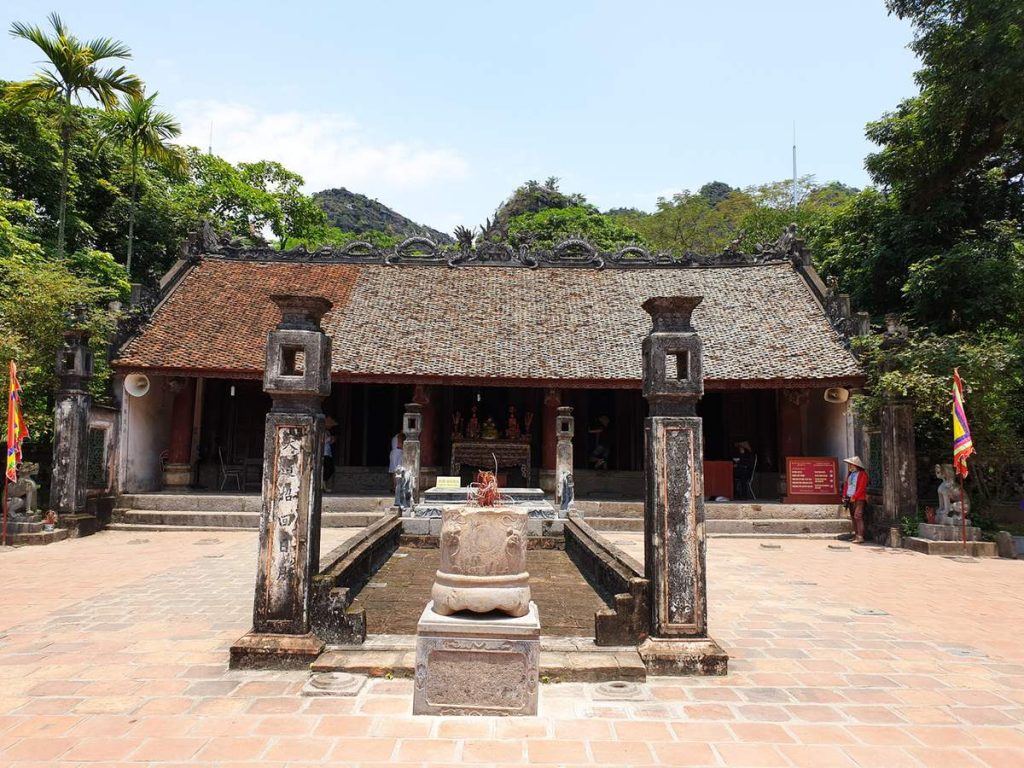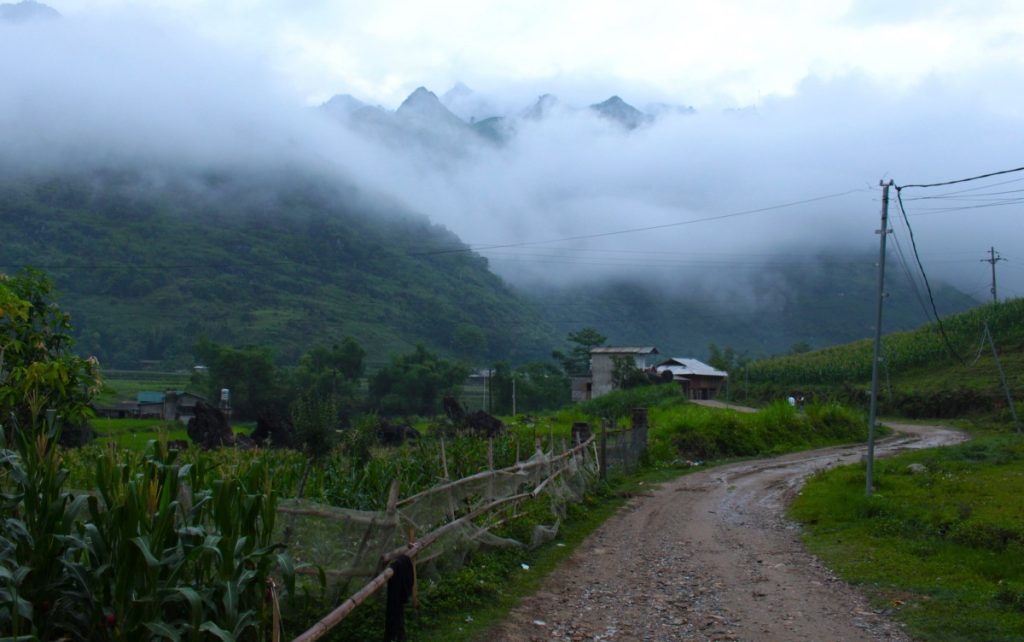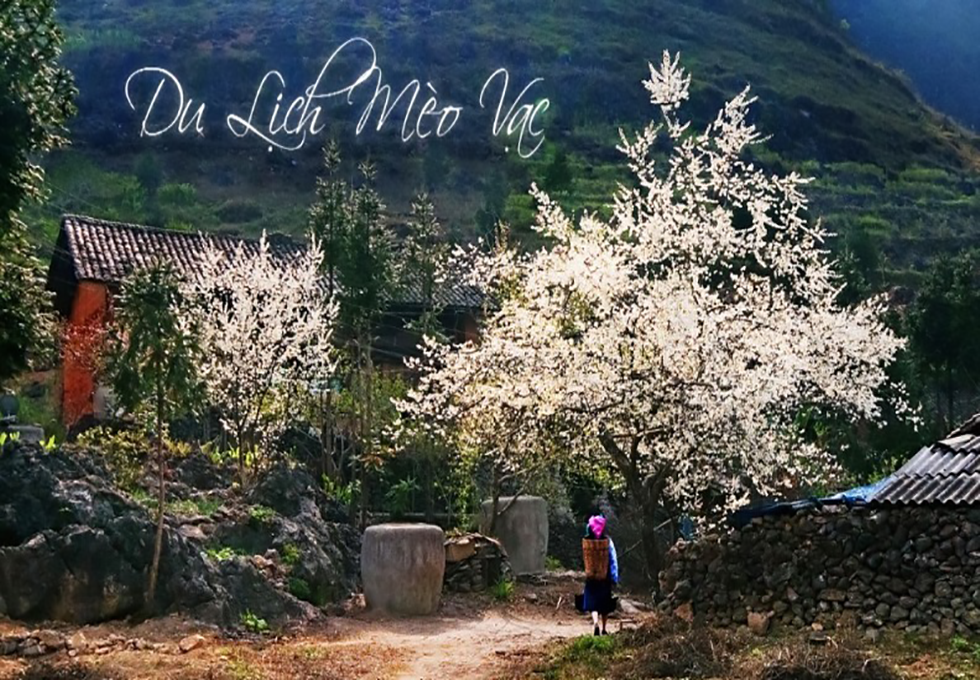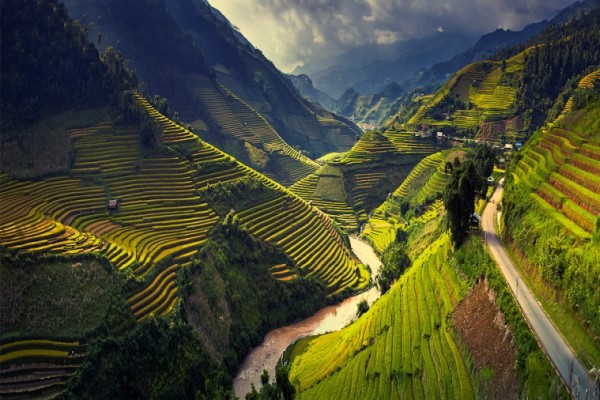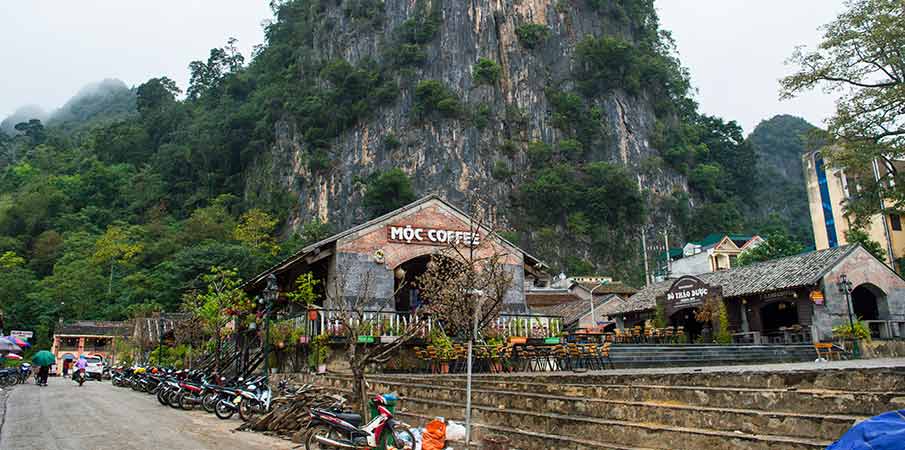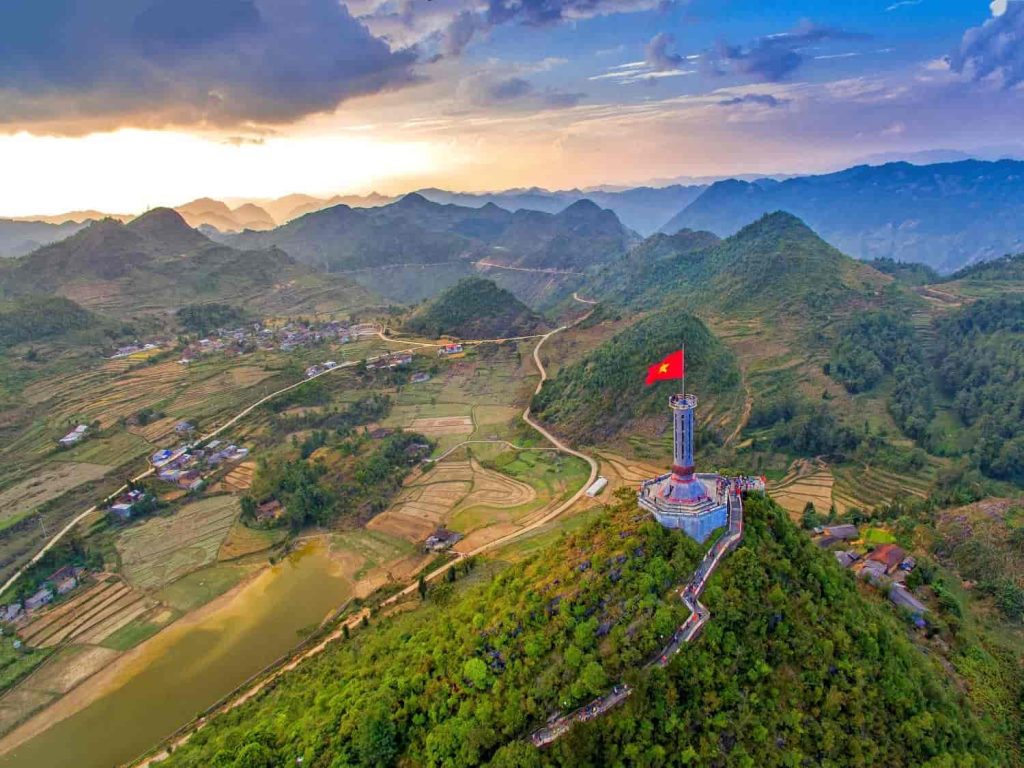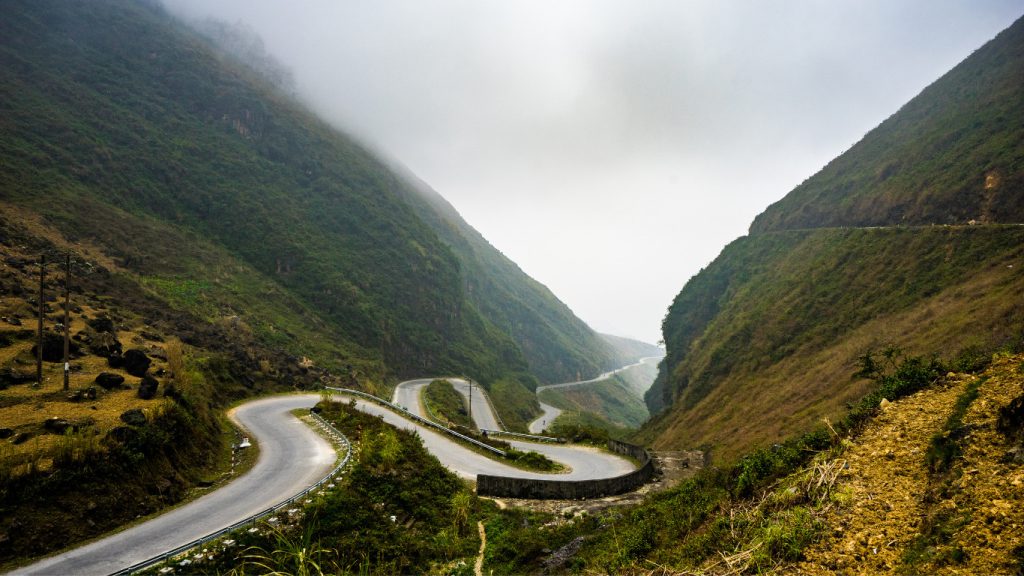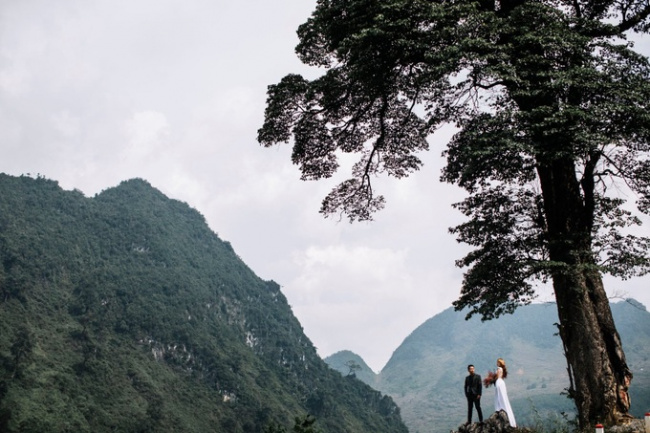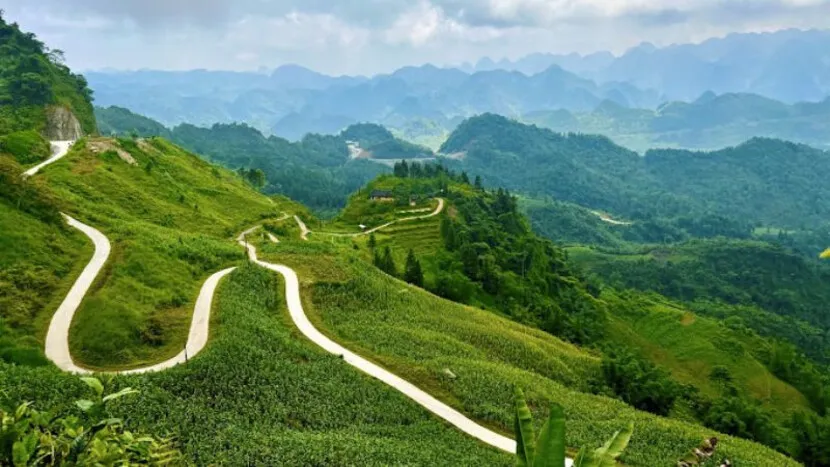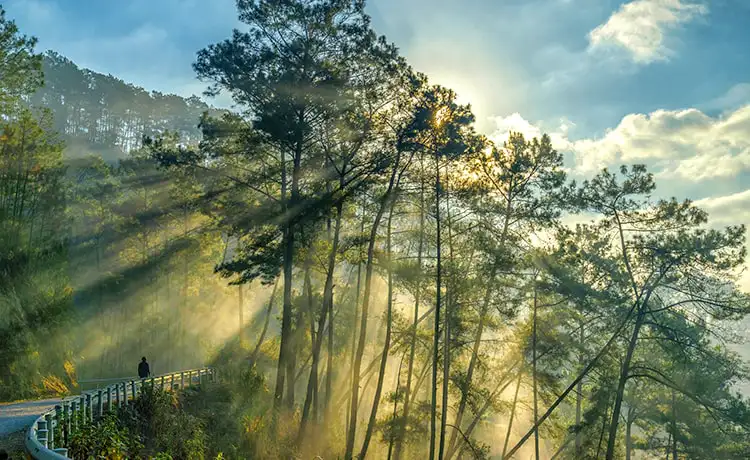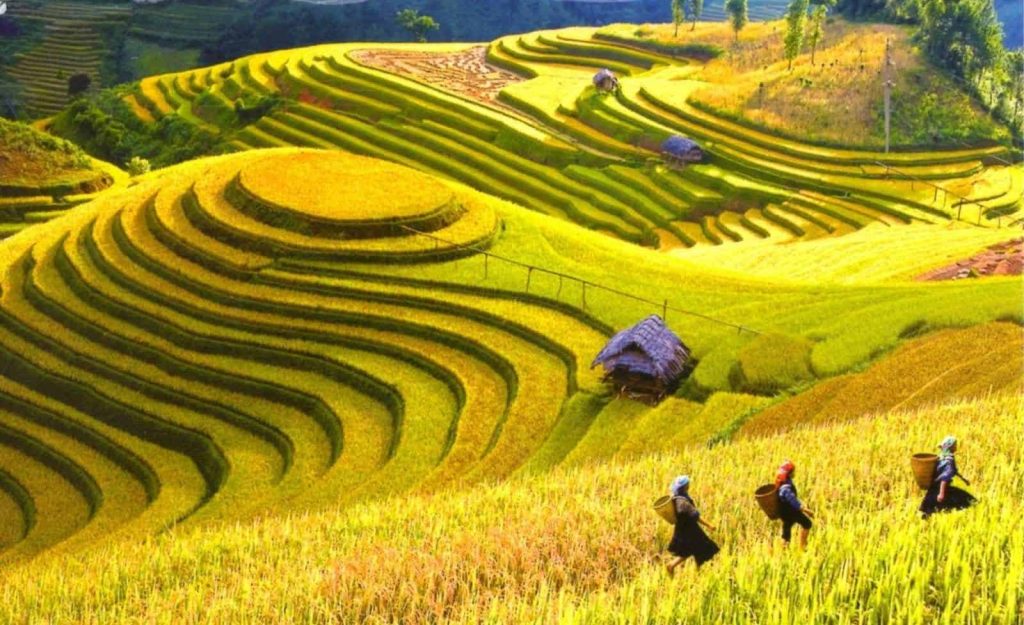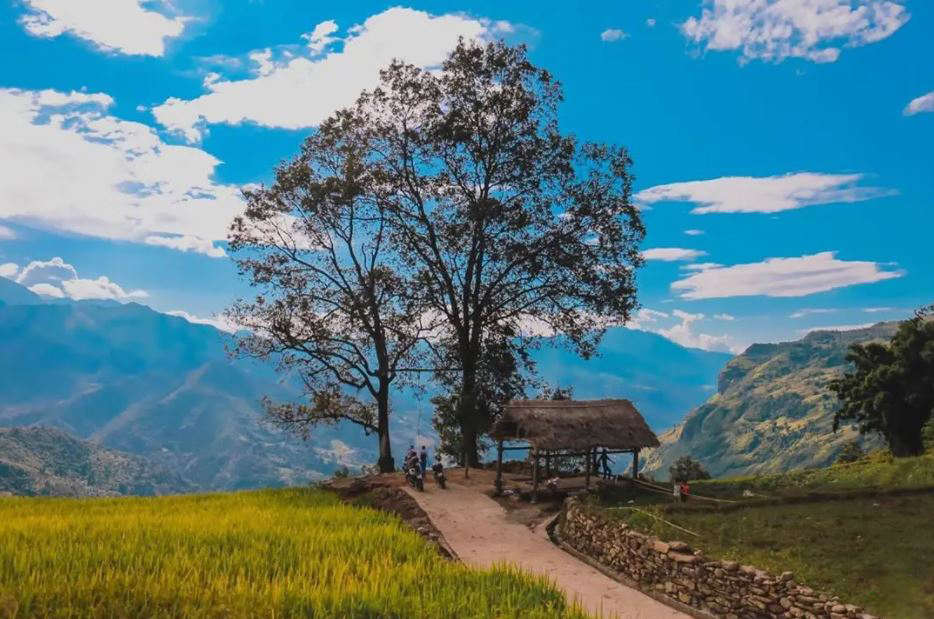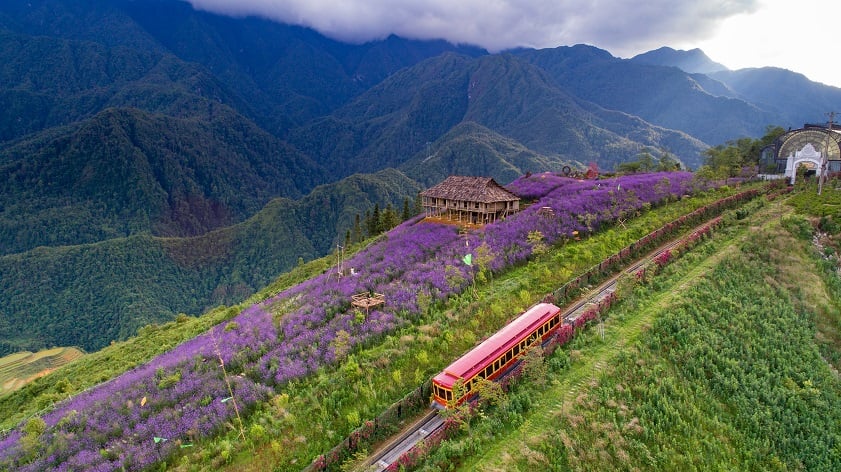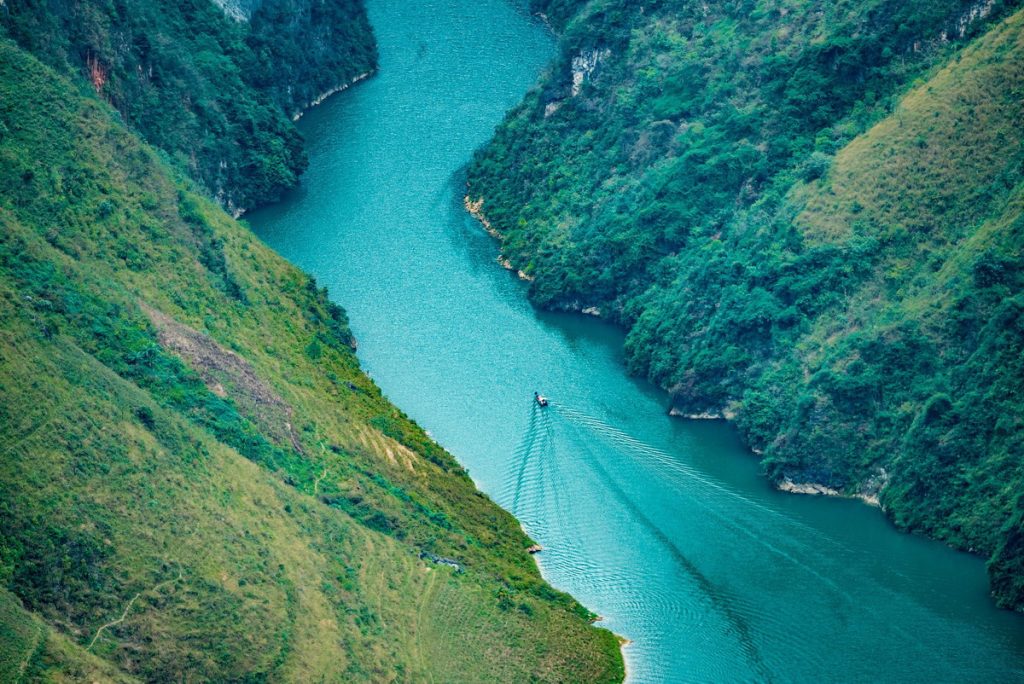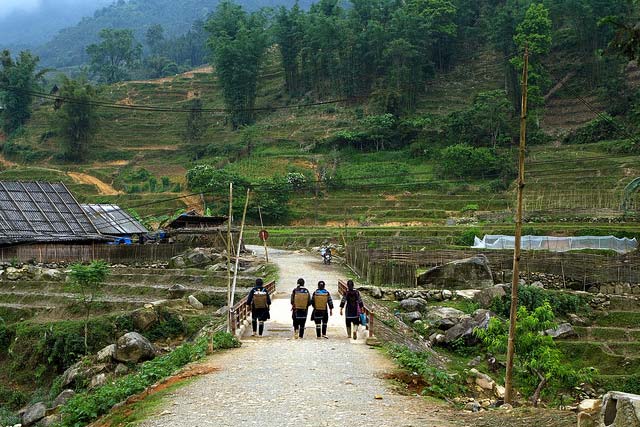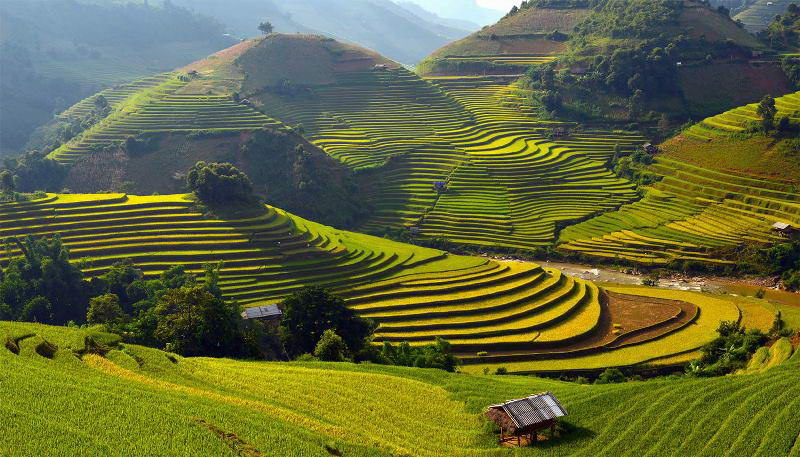Bac Giang – A guide basic for the trip
Bac Giang is a province located in the northeastern region of Vietnam, known for its cultural heritage, historical significance, and agricultural productivity. The province features a blend of traditional Vietnamese countryside charm and modern industrial development.
Bac Giang is famous for its lush greenery, fruit orchards (notably lychee orchards), and scenic landscapes of mountains and rice paddies. Visitors can explore historical sites such as the ancient temples of Vinh Nghiem Pagoda and Khe Ro Nature Reserve for outdoor adventures.
Economically, Bac Giang is thriving with industrial zones and manufacturing hubs, contributing significantly to Vietnam’s economic growth. The province also celebrates traditional festivals and cultural events, offering insights into local customs and traditions. With its rich cultural heritage, natural beauty, and dynamic economic activities, Bac Giang provides visitors with a diverse and immersive experience in northern Vietnam.
I. When is the best time to visit Bac Giang?
The best time to visit Bac Giang is during the cool and dry season, which typically spans from October to April. This period offers comfortable temperatures and lower humidity, making it ideal for exploring the province’s outdoor attractions and cultural sites. Here’s a breakdown of the seasons:
- Cool and Dry Season (October to April): This season features pleasant weather with temperatures ranging from mild to cool, making outdoor activities enjoyable. It’s suitable for exploring Bac Giang’s natural landscapes, visiting historical sites, and participating in local festivals.
- Spring (February to April): Spring in Bac Giang brings blooming flowers and lush greenery, creating picturesque scenery. This is a great time to visit fruit orchards, especially for the famous lychee harvest in May and June.
- Autumn (September to November): Autumn offers mild temperatures and clear skies, making it another excellent time to visit Bac Giang. The weather is comfortable for outdoor activities and sightseeing.
- Avoid the Rainy Season (May to September): Bac Giang experiences a rainy season from May to September, characterized by higher humidity and frequent rainfall. While the countryside turns lush green during this time, heavy rains may disrupt travel plans and outdoor activities.
Overall, planning a visit to Bac Giang during the cool and dry season ensures a more pleasant and rewarding experience, with favorable weather conditions for exploring this region in northern Vietnam.
II. What to do in Bac Giang?
In Bac Giang, there are several activities and attractions that showcase its cultural heritage, natural beauty, and local traditions. Here are some things to do in Bac Giang:
- Visit Vinh Nghiem Pagoda: Explore this ancient Buddhist temple, known for its exquisite architecture and historical significance. It’s a tranquil place for reflection and learning about Vietnamese Buddhism.
- Explore Khe Ro Nature Reserve: Discover the natural beauty of Bac Giang at Khe Ro, a protected area known for its diverse flora and fauna. Enjoy hiking, birdwatching, and exploring the lush green landscapes.
- Experience Fruit Orchards: Bac Giang is famous for its fruit orchards, particularly lychee orchards. Visit during the lychee season (May to June) to enjoy fresh lychees and see how they are cultivated.
- Attend Festivals: Experience local culture and traditions by attending festivals such as the Lim Festival (a traditional folk singing festival) and the Khe Ro Festival (celebrating the beauty of nature).
- Taste Local Cuisine: Sample Bac Giang’s culinary specialties, including dishes like com lam (bamboo rice), bun ca (fish noodle soup), and various local delicacies made from fresh produce and herbs.
- Visit Historical Sites: Besides Vinh Nghiem Pagoda, explore other historical sites such as the Xuong Giang Ancient Citadel and the Tho Ha Village, known for its traditional pottery making.
- Explore Dong Cao Plateau: Take a trip to Dong Cao Plateau, known for its stunning landscapes of rolling hills, tea plantations, and ethnic minority cultures.
- Cultural Experiences: Participate in local crafts workshops, visit traditional villages, and interact with local communities to learn about their daily lives and cultural practices.
Bac Giang offers a blend of natural beauty, historical sites, and cultural experiences, making it a rewarding destination for travelers seeking to explore the lesser-known gems of northern Vietnam.
III. What local specialties does Bac Giang have that you must try?
Bac Giang province in northern Vietnam offers a variety of delicious local specialties that highlight its culinary heritage and agricultural abundance. Here are some must-try dishes and specialties:
- Bun Ca (Fish Noodle Soup): A popular dish in Bac Giang featuring fresh fish, typically snakehead fish (ca lang), served in a flavorful broth with rice noodles, herbs, and vegetables.
- Com Lam (Bamboo Rice): Sticky rice cooked in bamboo tubes, giving it a unique aroma and flavor. Com Lam is often enjoyed with grilled dishes or eaten as a snack.
- Mien Luon (Eel Vermicelli Soup): A specialty dish made with vermicelli noodles, tender eel, and a savory broth flavored with herbs and spices.
- Banh Gai (Thorn Leaf Cake): A dessert made from glutinous rice flour and thorn leaves (leaves from Bauhinia acuminata), giving it a distinctive purple color. It’s often served with sesame seeds and sugar.
- Keo Lac (Peanut Brittle): A crunchy and sweet treat made from caramelized sugar and roasted peanuts, commonly found in local markets and enjoyed as a snack.
- Bac Giang Lychee: Renowned for its sweet and aromatic flavor, Bac Giang lychee is a local specialty celebrated during the lychee season (May to June). Fresh Bac Giang lychees are highly prized for their quality.
These local specialties reflect Bac Giang’s rich agricultural heritage and culinary diversity, making it a delightful destination for food enthusiasts exploring northern Vietnamese cuisine.
IV. How to get to Bac Giang?
To get to Bac Giang from Hanoi, a province in northern Vietnam known for its cultural heritage and agricultural landscapes. The most common way to travel from Hanoi to Bac Giang is by road, either by bus, shuttle van, or private car/taxi. The journey typically takes around 1.5 to 2 hours, depending on traffic conditions.
- By Train: While there isn’t a direct train service to Bac Giang, you can take a train from Hanoi to nearby cities like Bac Ninh or Hai Duong, and then proceed to Bac Giang by bus or taxi.
- By Bus: Several bus companies operate routes connecting Hanoi with Bac Giang. Buses depart from Hanoi’s major bus stations such as My Dinh Bus Station or Gia Lam Bus Station. The journey by bus typically takes around 1.5 to 2 hours.
- By Motorbike: For adventurous travelers, motorbiking to Bac Giang from Hanoi is also an option, providing flexibility and a chance to explore the countryside along the way. Ensure you have a valid Vietnamese driver’s license and understand local traffic rules.
- By Car Rental: Renting a car or hiring a private car with a driver offers flexibility and convenience, especially if you prefer a direct and comfortable journey from Hanoi to Bac Giang.
Once in Bac Giang, local transportation options such as taxis, motorbike taxis (xe om), and rental bikes or cars are available for exploring the province and its various attractions. It’s advisable to check for current transportation schedules and options, especially if traveling during peak tourist seasons.
If you need more information, please contact us Mail: zgotravelvietnam@gmail.com or WhatsApp: +84 9766 09451.
By the way, a new beautiful place called Ha Giang loop which is very interesting, check this out: https://www.getyourguide.com/hanoi-l205/from-hanoi-3-day-ha-giang-loop-small-group-t739208
For Lan Ha Bay & Halong Bay trip, check this out: https://www.getyourguide.com/ha-long-l119790/from-ha-noi-2-day-lan-ha-ha-long-bay-5star-with-balcony-t739040/
Or https://www.tripadvisor.com/AttractionProductReview-g3737857-d28097153-Lan_Ha_Bay_Ha_Long_Bay_5_Stars_Private_balcony_2_days_trip-Tuan_Chau_Island_Halon.html

